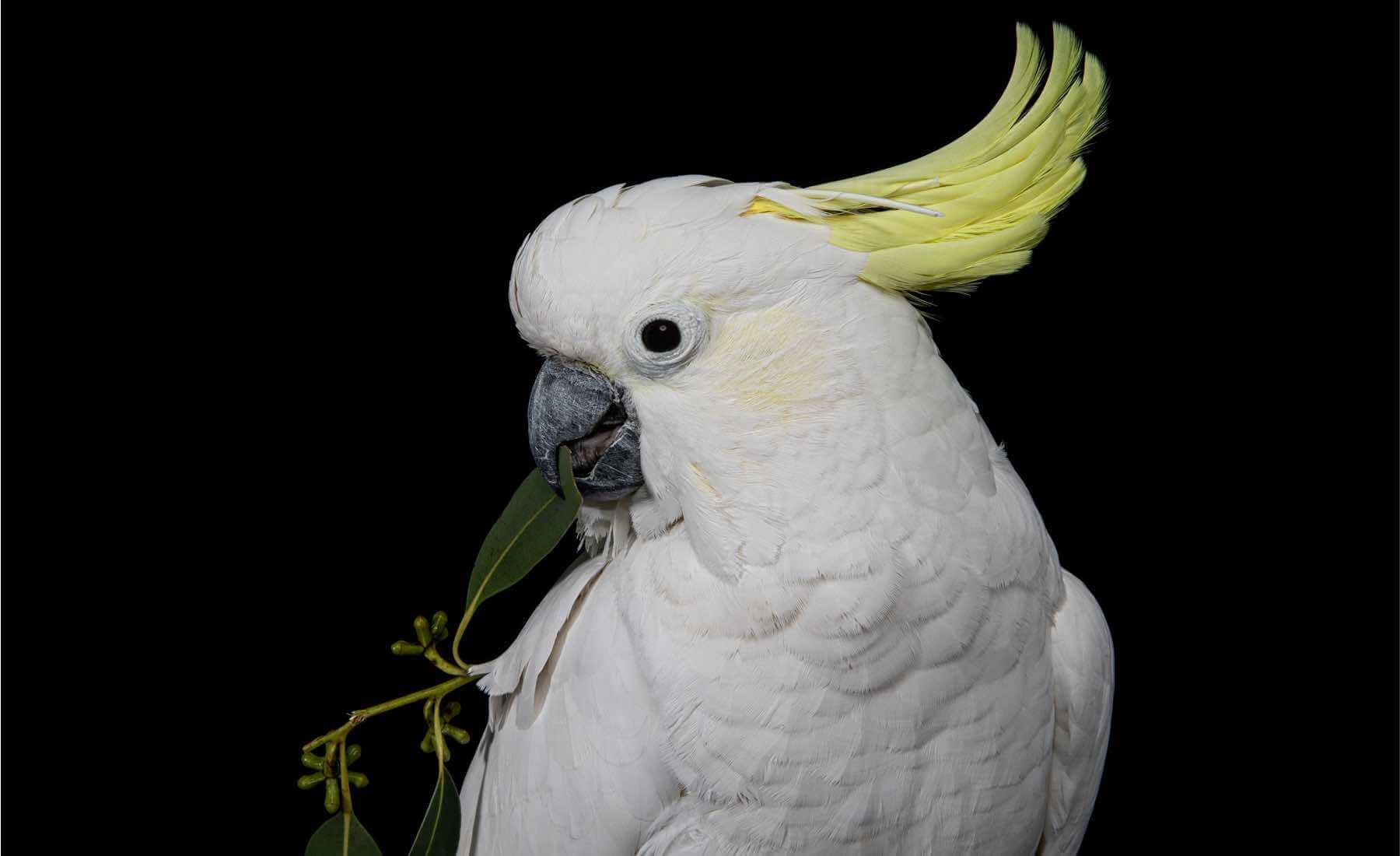
Australia's native bird species can be found in most environments and are part of day to day life in the Greater Sydney region. Birds can become injured from interactions with pets, being clipped by cars, concussion from hitting windows, and unfortunately from eating poison. When a bird has flown into a window and has no obvious injuries, we advise to monitor it and if it's condition does not improve within a couple of hours, give us a call.
Birds are the hardest rescues as more often than not they may have a severe injury but can still fly. If you see an injured bird around often, we ask that you try and build a trust based relationship with it so a rescue can become easier. We never advise to feed native wildlife, but in this instance, food can be used to build a bond with the bird to enable the chance to contain it. NEVER feed them human food; grains, seeds, or fresh fruit depending on the species is recommended.
Our volunteers are unable to climb to high heights, wait around for hours for a bird sighting, or come for a rescue unless the bird is contained or cannot fly away. Whilst we understand this can be frustrating, when the bird can fly, by the time the volunteer gets there it is almost always gone.
• Beware of sharp claws and beaks when handling birds.
• Where possible, have two people working together or encourage the bird to move into a corner so it can be more easily restrained.
• To capture the bird, use an old towel or cloth to place over the bird, rather than using your bare hands. Make sure the the wings are flush against the body in order to cause no further harm.
• Once you have captured the bird, contain it. Use a box with air holes, just large enough to confine the bird, and prevent it from flapping its wings, which can cause further injury. Line the base of the box with a cloth, towel, or newspaper. You could use an inside out pillowcase or wrap in a towel if severely injured.
• Do not give the bird any food or water.
• Take the bird to your nearest vet or wildlife carer.
• If you feel uncomfortable about handling, please try to contain the bird by putting a box or other container over it. Tell the rescuer where it is through GPS location, photo of the area, and description with notable landmarks.


